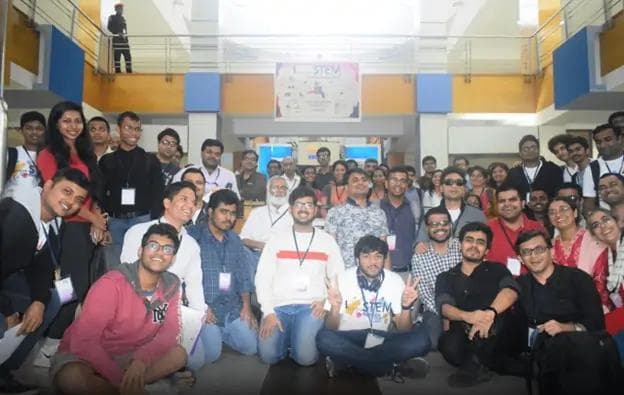Getting real with AI: 5 areas for stakeholders to activate
Getting real with AI: 5 areas for stakeholders to activate
Published by Gbaf News
Posted on December 5, 2019

Published by Gbaf News
Posted on December 5, 2019

By Jelena Stankovic, Content and Communication Lead at SAS
There is a lot of excitement about AI, but somehow the reality is not really living up to the hype. At the moment, we don’t see enough real results or use cases emerging, even though everyone agrees that there is huge potential. I polled some of our experts to find out why this might be happening and identified five critical barriers that need to be overcome for AI to move into the mainstream.
AI-based models probably need even more data than most because they need to learn for themselves. The explosion in the volume of data available from the Internet of Things, and particularly the increase in streaming data, should have made AI models far more ubiquitous. However, far too many organisations have not really caught up with this.
Joao Oliveira: “Streaming data is still an untapped resource for many, meaning that they are missing out on the power of analytics.”
Arturo Salazar: “Many have failed to appreciate that they may need to go hunting for new sources of data.”
Ivor Moan: “Data preparation is crucial for getting value from data. Skimp on the data preparation, and you will find that you cannot rely on your analytical results.”
In other words, organisations that do not pay enough attention to data, and especially data quality, will fail to capitalise on AI.
Developing a model is relatively straightforward. The process often involves a number of different individuals and departments. Indeed, development and deployment are so different that they almost look like two separate life cycles, a bit like a salmon’s move from river to sea (and back again), according to James Ochai Brown.
Different skills are required, both project management-related and technological.
The best model in the world is only useful if it leads to action. That means that users have to be able to understand and interpret the outputs from the model to provide useful insights. Data visualisation is a crucial part of this process.
Data scientists, therefore, need to think about how they will demonstrate the outputs from their models to maximise the impact on viewers, for example, by asking themselves about the audience, and the message they wish to convey.
According to Christer Bodell, any organisation can introduce a single AI-based project or model, and it will improve current business practices. Getting real benefits from digitalisation requires something more: a genuine change in philosophy and a commitment to innovation that is likely to result in business model transformation.
This requires a longer-term change in thinking, says Andreas Godde, and particularly a focus on how value is generated for customers.
There is a book by Geoffrey Moore called Crossing the Chasm. It describes the difficulty of moving from “early adopters,” those who adopt a product because it is new and interesting, to the “early majority,” who will use products
because they are useful. The early majority need to see products being used by people like them, to solve real-world problems. AI faces a similar challenge – that at present, people do not see enough real-world examples of AI being used to solve problems.
Generate some of those, and particularly examples that show how AI can improve customer experience, and both companies and customers will be more prepared to accept AI and move across the chasm.
Explore more articles in the Technology category











